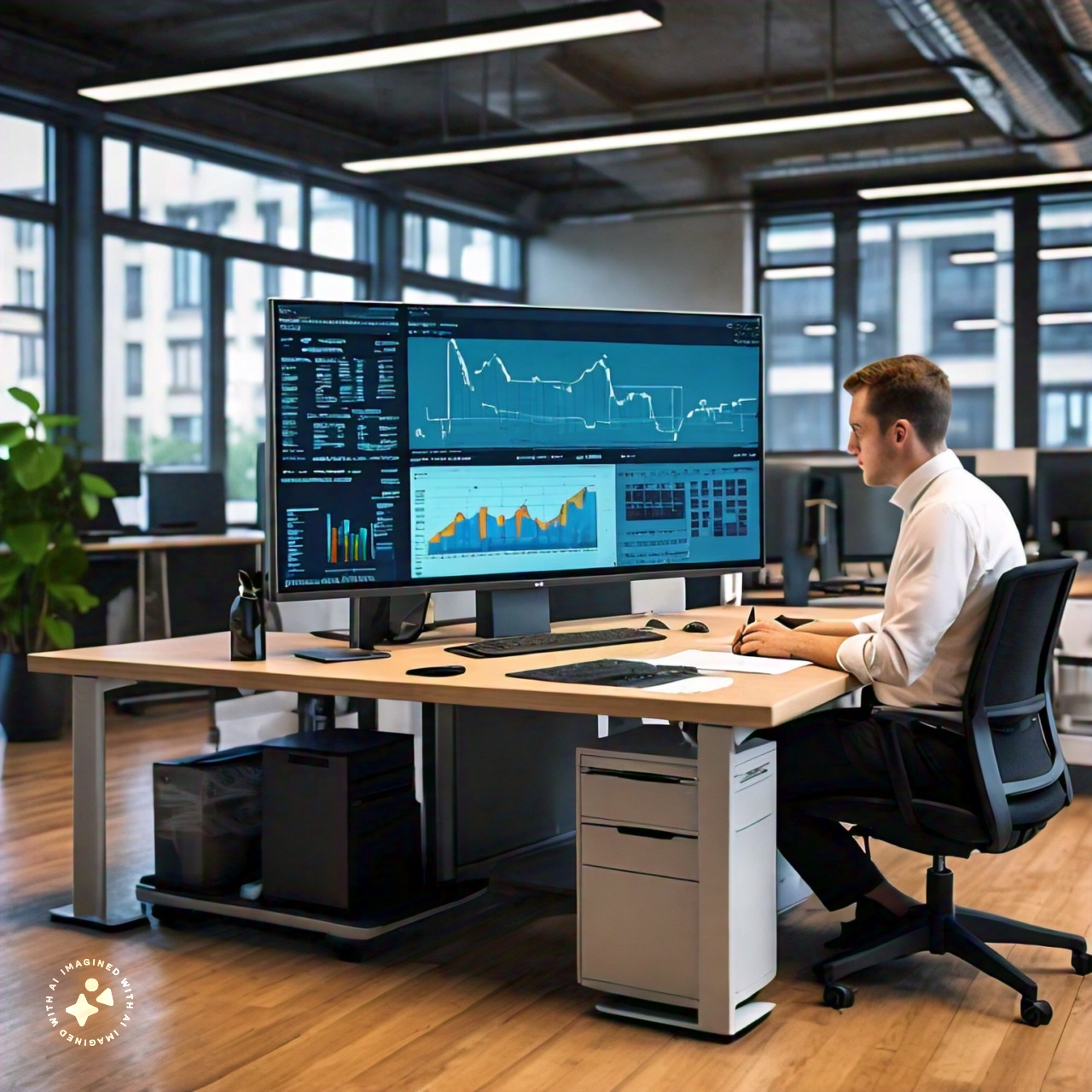Inventory Management system

Inventory management system
Enterprise resource planning (ERP) is gaining an exceptional position in the organizations to perform operations and manage things smoothly for stable growth of business in the marketplace. There are diverse operations that are managed by the ERP system with the help of different modules and today we are going to tell you about the Inventory management system of ERP that is helping the organizations in managing, tracking, processing, and providing reports about the raw material, work in process, finished goods and about general inventory. Inventory management also provides the advanced function of the smart stock location to improve the picking and packing of goods. So, let us start without wasting any time.
Introduction
The inventory management system is a combination of technology and procedures to track the inventory of the organization. This function helps the organizations to stay on track in terms of misuse, mismanagement, and the spoilage of inventory. Without an inventory management system, any organization will end up messing the whole thing up because if you do not know the present condition of inventory then how you will be able to forecast the future of your business. In today’s world if you are not one step ahead of your competitors, then you will have no future in the marketplace. Each business manages its stock in its way depending on the size and nature of the company. But the core functions of the inventory management system remain the same. Based on core functions and requirements there are some types of the inventory management system that are explained below .
Types
There are mainly four types of Inventory management systems commonly known as Raw materials, Work-In-Process (WIP), finished goods, and Maintenance, Repair, and Operations (MRO).
Raw Materials
Any type of material that is required to make the finished goods is known as raw materials. Let us explain this with help of an example, suppose you have a business of manufacturing wooden tables, to make the wooden table you must need wood and that wood is the raw material of your business. Another example is you want to sell plastic chairs, for this purpose you must manufacture them, and for manufacturing, you need plastic so that plastic is your raw material
Work-In-Process
Inventory which is being used to make the finished goods is known as work-in-process. Let us explain with the ongoing example, to make the wooden tables you acquire the raw material that is wood, now you must transform the wood into the proper shape of wooden tables because you cannot sell the wood without transforming it to customers who want tables. So, Operations that are going on the raw material to convert it into the finished good is the Work-In-Process. .
Finished Goods
Understanding the finished goods is very straightforward because those goods and products that you sell to customers are finished goods. To make it clearer let us discuss the previously discussed example of wooden tables. In this example, the wooden tables are the finished goods.
MRO
The final type of inventory is MRO also known as Maintenance, Repair, and Operations and it is all about the details of every operation regarding inventory management. You can understand this inventory type in this way that it includes all the things that require to compile and sell the finished goods. For example, to transform the raw material into finished goods your employees will also need gloves during work, pens, and pencils for highlighting different measurements also to note down important notes. These types of inventories are not directly involved in inventories but have an impact indirectly know as MRO inventory. Knowing your inventory helps you a lot in managing it and compare it with the rest of the inventory to maintain the balance between them. Because if you have an excess amount of one type of inventory it means your business is not converting the raw material into Work-in-Process followed by less conversion into finished goods and sales
Benefits of using the Inventory management system
Classification and Structuring of inventory
Suppose you want to own a large cloth store where you will have different types of shirts, pants, trousers, suits, and coats with different colours and materials. You make an order for these goods and you received your order. Now, what will you do? Simply arrange them separately in stacks and then open your store for sale. After 10 days a customer came to you and asked for a specific shirt, you asked your salesperson to handle this customer but after 5 minutes, your salesperson told you that we are out of stock. Now you feel bad and your customer will face disappointment that will lead to a bad word of mouth marketing which indirectly will hurt your reputation in the marketplace. Now assume this whole scenario with having an inventory management system, your customer will never be disappointed with you in term of stock management. The reason is the system will continuously provide each detail of every product to you and you can take proper measures accordingly. The inventory system will also give you details about the product that is the hot favourite and want more stock of them, and also those who are not selling too much so reduce their stock in next order.
Surplus inventory management
Different scenarios can be faced by the businesses in the life cycle because markets fluctuate very often. So, here is a scenario in which you ordered a product in bulk based on the previous sale patterns, but the market fluctuates and there is a change in trend and now customers are not interested that much in that product. Now the working of a system come into play that the system will spotlight all the inventories that are in surplus and exceed your filters of ageing. That report will give you a signal to think about them and take an inform decision before they start decomposing and cause you heavy loss.
Tracking of Inventory
Tracking inventory is very important to avoid any kind of misuse, mismanagement, and fraud. Barcode and barcode scanners are now being used in Inventory systems to track the inventory, those barcodes tell the businessman the status of inventory like location, purchase, and sale with a single click. In the old times when there was no facility for barcode tracking, a lot of inventory was misused and mismanaged that results in heavy loses. Tracking every product manually is not possible and cannot guarantee a piece of accurate information about the product but the Barcode scanning does. If you want to stay up to date regarding your inventory and want to use your resources effectively then barcodes are highly recommended.
Effective financial reporting
Inventory expenditure forms a huge capital investment of a business that is why every kind of detail matters a lot. Companies make their financial reports for personal use as well as for audit purposes, so if you are not able to justify your financial reports in audit you will face a heavy penalty that will lead to financial loss and a bad reputation in the market. Accurate inventory reports are required for accurate financial reporting that will be automatically generated by the accounts management system because your inventory and accounts module work side by side for effective working. Integration is one of the key features of ERP systems to run the functions of organizations smoothly.
Read More
New Blogs

Jan 1 2022
Enhancing Enterprise Solutions with AI-Powered ERP:Transform your enterprise with AI-powered ERP. Streamline processes, gain real-time insights, and drive innovation.

Feb 2, 2022
Leveraging BI Data Analysis for Enhanced ERP UtilizationUnlock ERP potential with BI data analysis. Make data-driven decisions and drive growth.

Mar 3, 2022
5 Benefits of Fixed Assets ManagementStreamline asset management and improve financial reporting, compliance, and decision-making. Discover the benefits now!

